Last Updated on September 22, 2022 by Mary Pressler

US Schools and the Case For Energy Efficiency
According to the US Department of Energy, K-12 schools spend $8 billion in utility bills each year, and they account for 5% of commercial energy consumption. However, there is an estimated savings opportunity of $2 billion per year with energy efficiency measures. These funds would be enough to purchase 40 million textbooks each year.
- The US DOE has estimated that schools spend around $75 per student on annual gas bills, and $130 per student on electricity bills.
- According to the ENERGY STAR program, schools spend more on energy than textbooks and computers combined.
- Both the US DOE and Environmental Protection Agency have concluded that schools waste around 30% of the energy they consume.
- These government agencies have launched the Efficient and Healthy Schools campaign as a collaborative effort, along with the Department of Education.
Energy upgrades for schools bring an additional benefit beyond utility bill savings. Upgrade projects are an opportunity to improve the performance of lighting and HVAC systems, creating a better environment for learning. Many schools suffer from deficient lighting and air quality, and both issues have a negative impact on learning.
K-12 schools represent the 2nd largest infrastructure expense in the US after highways, and energy efficiency can greatly reduce their lifetime costs. However, there is plenty of work to do: US schools received a grade of D+ in the 2021 Infrastructure Report Card, published by the American Society of Civil Engineers. In addition, the Government Accountability Office (GAO) has found that 41% of school districts are in need of HVAC upgrades. Floor and ceiling damage due to leakage is a common problem.
Poorly ventilated buildings are also more vulnerable to infectious diseases like COVID-19 and influenza. In a few words, there is a major opportunity to make schools healthier and more energy efficient with HVAC upgrades designed by professionals. The savings unlocked by energy efficiency can also be used to improve other aspects of schools, such as learning technology.
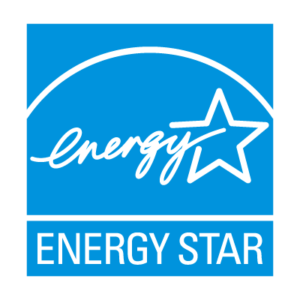 Simple Energy Saving Measures for Schools, Recommended by ENERGY STAR
Simple Energy Saving Measures for Schools, Recommended by ENERGY STAR
The ENERGY STAR program provides specific recommendations for each building type, and this includes schools. The following are low-cost measures with a quick payback period, which are an excellent starting point for school districts seeking to improve their efficiency:
- Measuring and tracking energy performance. This provides a detailed breakdown of how energy is consumed, which is useful for investment decisions.
- Turning off the lights when not used, or when daylight is enough. This can be accomplished more effectively with automatic controls, which have a relatively low cost. Schools can use a combination of occupancy sensors and daylight sensors.
- Setting back the thermostat at times when classrooms and other school areas are empty. This simple measure can reduce HVAC costs by up to 10%.
- Providing monthly maintenance for heating and cooling equipment, to keep optimal operating conditions throughout the year.
- Educating students and school staff about energy efficiency. Many schools have achieved great results with “student energy patrols”, tasked with finding energy waste.
The US EPA has developed the ENERGY STAR Target Finder, which can help school districts establish energy efficiency goals for their properties. Among other functions, the Target Finder can be used to estimate the impact of energy efficiency measures and other building upgrades. The tool can also be used to estimate the ENERGY STAR score that will be achieved by new constructions and existing property renovations.
Cost-Effective Energy Upgrades for Schools
There are also energy efficiency measures that require larger investments, but they also offer higher energy savings in return. In the case of schools, the ENERGY STAR program recommends the following measures:
- Upgrading to LED lighting with smart controls. LED lighting offers direct savings by consuming less power, and indirect cooling savings thanks to its lower heat emission. Schools can also upgrade their lighting quality by choosing fixtures with an optimal light distribution for classrooms.
- Upgrading to higher-efficiency HVAC equipment, and providing adequate maintenance. HVAC represents a large fraction of energy consumption in commercial buildings, and this includes schools. An HVAC upgrade also improves air quality, making schools healthier while creating a better environment for learning.
- Purchasing ENERGY STAR equipment and appliances. The ENERGY STAR label indicates that a product has been successfully tested according to federal standards, by laboratories who are independent from the manufacturer.
- Improving the thermal performance of the building envelope. This can be accomplished with measures such as installing window film, adding insulation to the envelope, adding a reflective roof coating, and sealing air leaks.
School districts can also improve the energy performance of their properties by working with an energy services company (ESCO). These companies provide the full energy efficiency service: identifying the most promising measures, implementing them, and providing ongoing maintenance. A performance contract is recommended, where the cost of service is determined based on the results achieved.
Energy wasted in schools has a major opportunity cost. School districts often deal with resource limitations, and the funds unlocked by energy efficiency can be used for investments that improve the learning process. Schools are among the building types that can get ENERGY STAR certification with a score of 75 or higher.
Using Solar Power in Schools
Solar power is cost-effective in almost any building with decent sunshine and a suitable area for photovoltaic panels. Renewable energy systems can achieve synergy with energy efficiency measures:
- Energy efficiency measures reduce electricity and gas consumption.
- Renewable generation replaces electricity from the grid, where fossil fuels are still the main sources.
School districts often have access to energy grants and incentives that are unavailable for other building types. These often cover energy efficiency measures and solar power systems, since both upgrades improve the energy performance of schools. The availability of these incentives depends on your state and utility company – an energy services company can help a school district identify all local incentives and qualify for them.
Remember that all solar power systems installed in 2022 qualify for a 26% federal tax credit, which has just been extended into 2032. Additional tax incentives may be available depending on the location of a solar power system.

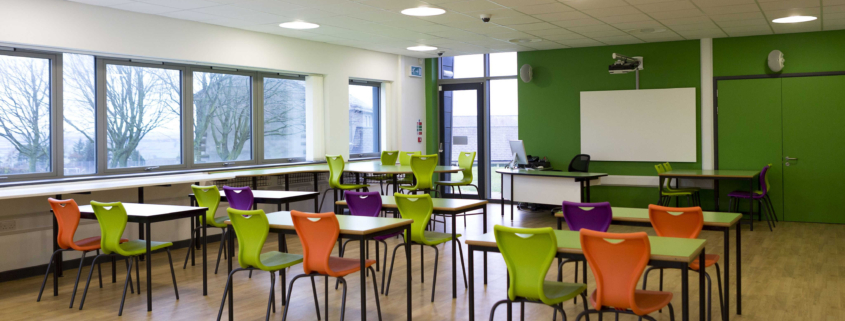
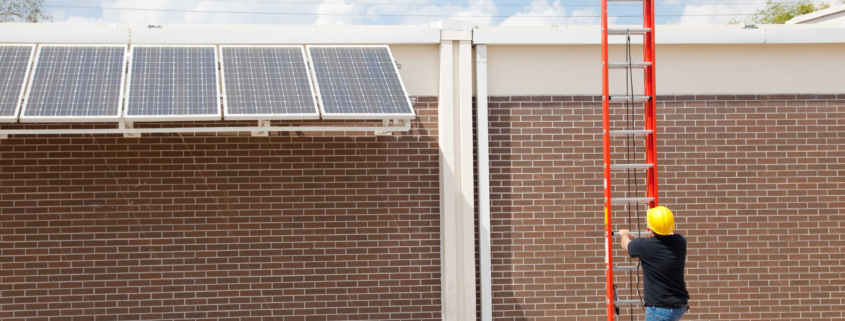
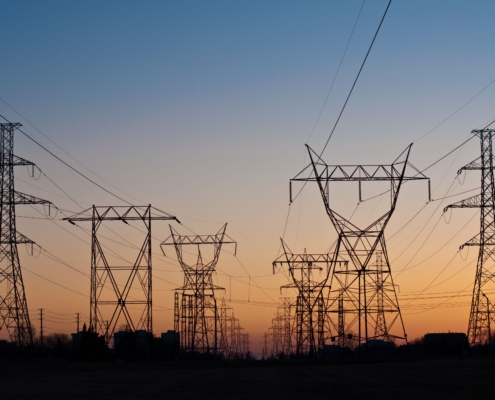
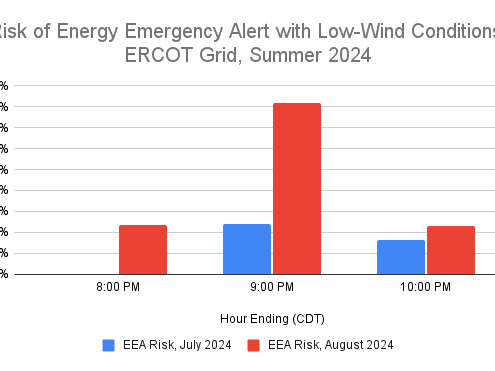



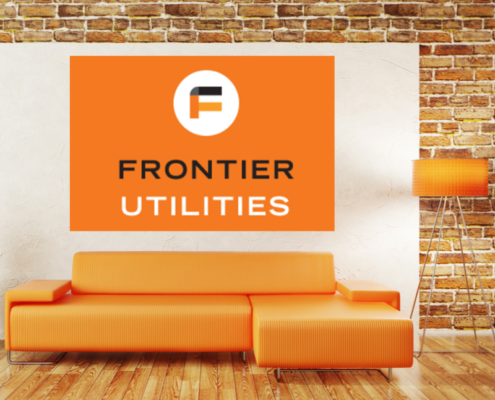



Leave a Reply
Want to join the discussion?Feel free to contribute!